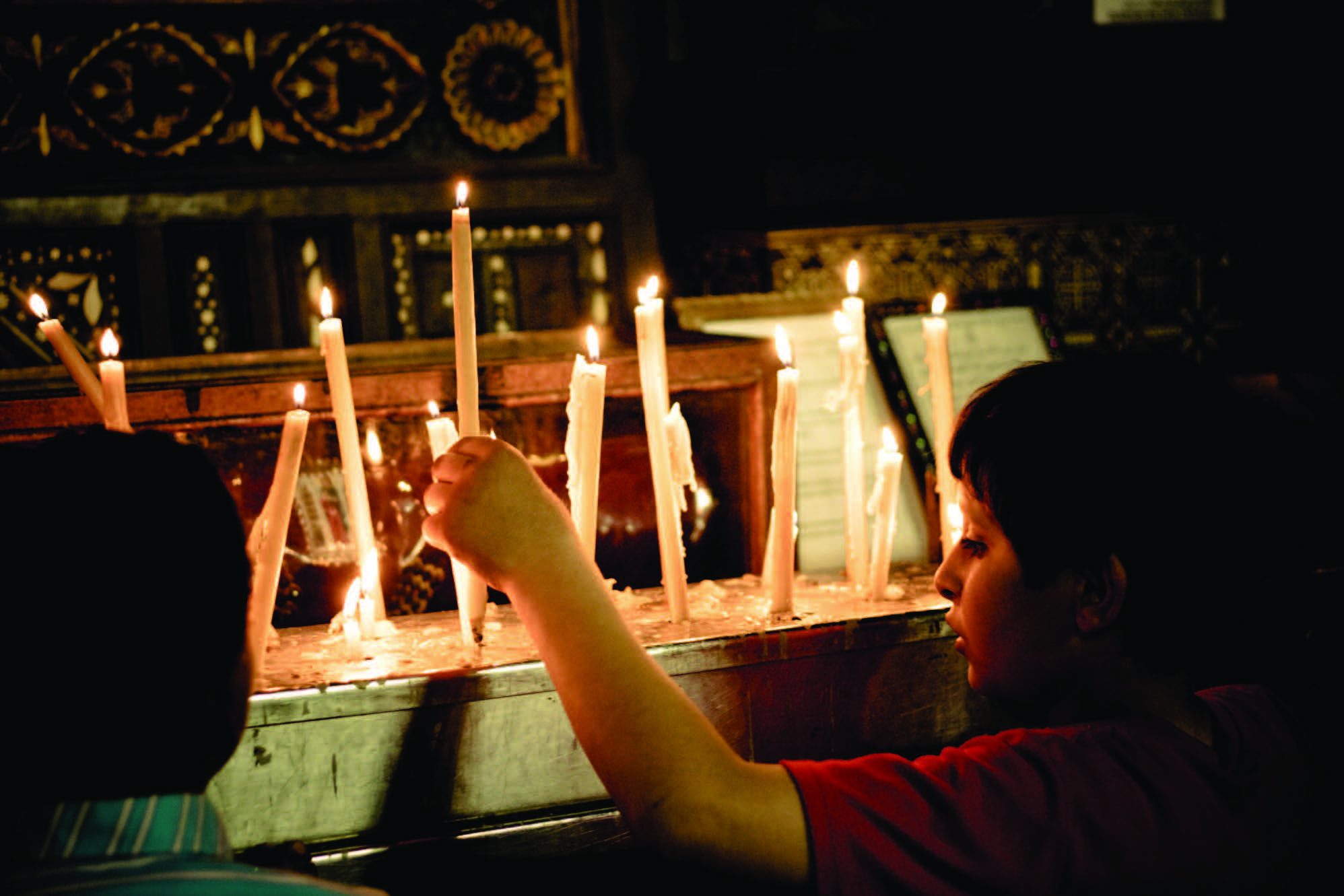
The pandemic has forced American Orthodox parishes to adopt amazingly quick innovations but has also led to fierce arguments over the restrictions in some parishes, writes Alexei Krindatch in a newly-released report on the pandemic’s impact on these parishes that extends and updates observations shared in a previous report last year (see RW, Vol. 35, No. 10). The report is part of a collaborative effort across Christian denominations, coordinated by the Hartford Institute for Religious Research and the Faith Communities Today research initiative. The research was conducted during the first half of July, with 151 clergy representing all jurisdictions answering a questionnaire. Krindatch notes that parishes have been differently affected by the pandemic depending on the extent to which their regions were impacted. About 44 percent of parishes never ceased in-person services (93 percent of those under the Russian Orthodox Church Outside of Russia [ROCOR]). Sixty percent of the clergy sometimes had the feeling that this was the most difficult year in their priestly experience, and 32 percent reported having thought once or several times about resigning from the clerical vocation (this ranging from only 9 percent among ROCOR priests up to 45 percent among clergy of the Orthodox Church in America [OCA]).
Unexpectedly, nearly half of American Orthodox parishes (48 percent) experienced an increase in donations, while 18 percent experienced a decline. Regular participation in parish life decreased, with the exception of most ROCOR parishes reporting a marked increase of in-person worship attendance compared with pre-pandemic figures. However, Krindatch writes that “when taking into account both in-person and online attendance, the pandemic had relatively little impact on the number of people worshipping in American Orthodox parishes on a typical weekend. Nearly the same percentage of parishes reported either increase (45 percent) or decrease (46 percent) in attendance now versus two years ago.” The pandemic has indeed spectacularly boosted the use of the Internet for liturgical services (with the percentage of American Orthodox parishes offering online services jumping from 13 to 64 percent as early as May 2020, according to a previous report), but also for religious education, rather successfully for adults but sometimes with mixed results for children (due to Zoom fatigue). According to the results of the survey, “about one-third (32 percent) of the regular attendees in American Orthodox parishes now take part in their churches’ worship remotely from their homes. In the two largest American Orthodox jurisdictions–GOA (Greek Orthodox Archdiocese) and OCA– this percentage is even slightly higher: 36 percent. Very differently, in ROCOR parishes, the audience attending online is relatively small: only 10 percent of all regular worshippers.”
(The 25-page-long report can be downloaded from the Orthodox Reality website, https://orthodoxreality.org/reports/)

Source: International Religious Liberty Archives.